Interstellar Medium, Molecular Clouds, Star Formation & Evolution, Supernovae & Their Remnants, Long Gamma-ray Bursts, Cosmic Rays
Image credit: ALMA / ESO / NAOJ / NRAO / Alexandra Angelich, NRAO / AUI / NSF.
Stars are the fundamental building blocks and probes of the Universe. They are formed in stellar nurseries enshrouded by dust and gas, and end their lives in violent explosions, creating some of the most captivating events one can witness. Faculty in CIERA study, model, and observe many stages of a star’s life from birth to death, the planets formed around them, how they impact their environments, as well as the compact remnants they leave behind.
Research at CIERA
Evolving to the end states of stellar evolution, Professor Fong’s team uses radio and optical observations to study and model relativistic explosions called gamma-ray bursts and their host galaxy environments, probing star formation from the local neighborhood to the high-redshift Universe.
Professor Tchekhovskoy uses state-of-the-art simulations to study the formation of relativistic jets in core-collapse gamma ray bursts.
Professor Miller’s group uses ground- and space-based telescopes to study the endpoints of the stellar life cycle as punctuated by supernovae. The group uses data science methods, such as machine learning, to support the discovery and classification of these explosions prior to studying their properties in greater detail.
Professor Figueroa-Feliciano’s group studies the X-ray signatures of supernova remnants through the NASA Micro-X Sounding Rocket, a Northwestern-led rocket payload which takes high-energy-resolution spectra of remnants in suborbital flights.
Professor Kilpatrick uses optical, infrared, and X-ray imaging of nearby galaxies to understand the stellar channels that lead to their cataclysmic collapse and explosion as supernovae, focusing on deep, high-resolution imaging and spectroscopy that can be used to study their local environments, nucleosynthetic content, and progenitor stars.
Opportunities
Deadline: 11:59pm, November 21, 2025
The Center for Interdisciplinary Exploration and Research in Astrophysics (CIERA) at Northwestern University invites applications for CIERA Postdoctoral Fellowships. CIERA Fellows have the opportunity to pursue an independent research program and benefit from a diverse and dynamic intellectual environment (learn more about CIERA’s programs and activities). Candidates in all areas of astronomy and astrophysics are
Deadline: 11:59pm, December 15, 2025
The Center for Interdisciplinary Exploration and Research in Astrophysics (CIERA) at Northwestern University invites applications for postdoctoral associate positions in observational and theoretical astronomy and astrophysics starting in fall 2026. These positions will be part of the Center for Interdisciplinary Exploration and Research in Astrophysics (CIERA) at Northwestern. Successful applicants will benefit from interaction with
Deadline: 11:59pm, December 31, 2025
CIERA supports a wide range of interdisciplinary projects focused on research, education, and public outreach in Astrophysics. Our faculty and postdocs work on projects that couple astronomy and astrophysics analysis with many other disciplines: computer science, applied math, planetary sciences, electrical engineering, mechanical engineering, data science, science education, and more. Many have hired/mentored undergraduate researchers
News
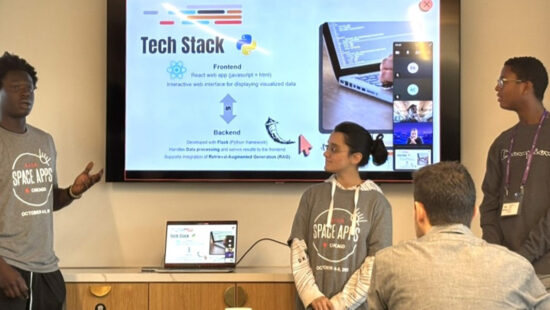
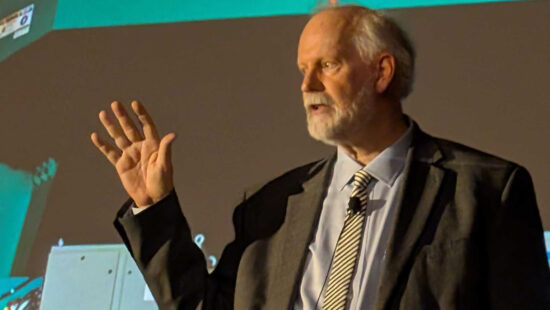
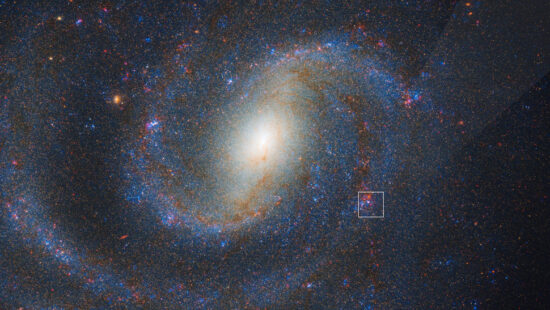
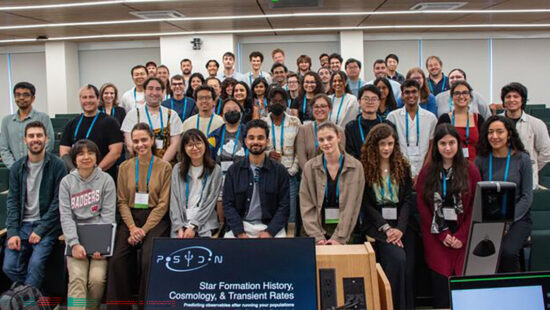
Gallery
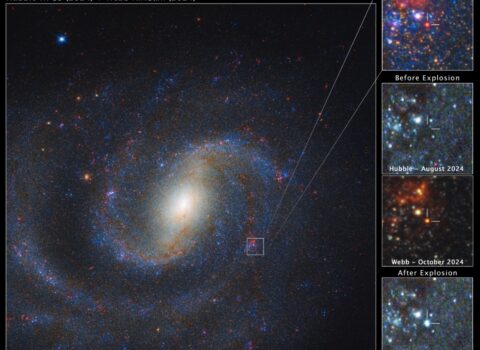
Webb Telescope unveils doomed star hidden in dust

Webb Telescope unveils doomed star hidden in dust
The main image at the left shows a Webb and Hubble view of spiral galaxy NGC 1637. Panels at the right show a detailed view of a red supergiant star before and after it exploded. Before exploding, it is not visible by Hubble, only by Webb. Hubble shows the glowing aftermath.
Credits: Image: NASA, ESA, CSA, STScI, C. Kirkpatrick (Northwestern), Aswin Suresh (Northwestern); Image Processing: Joseph DePasquale (STScI)
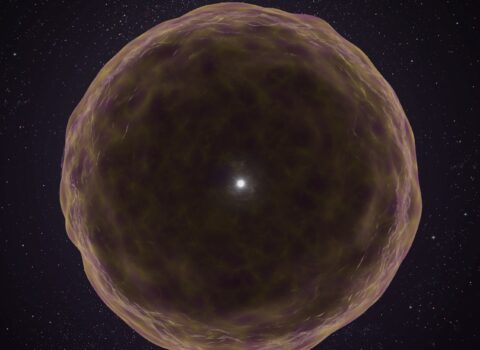
First-of-its-kind supernova reveals inner workings of a dying star
First-of-its-kind supernova reveals inner workings of a dying star
An international team of scientists, led by Northwestern University astrophysicists, has detected a never-before-seen type of exploding star, or supernova, that is rich with silicon, sulfur and argon. When massive stars explode, astrophysicists typically find strong signatures of light elements, such as hydrogen and helium. But the newly discovered supernova, dubbed SN2021yfj, displayed a startling
W.M. Keck Observatory/Adam Makarenko

Supernova’s ‘trapped’ jet reveals source of fast X-ray transient
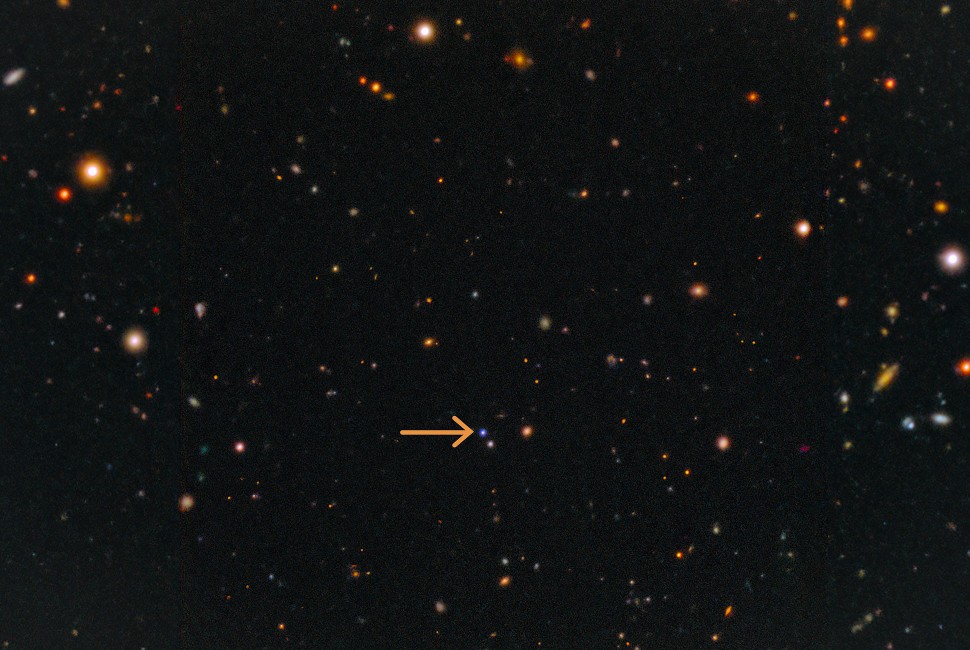
Supernova’s ‘trapped’ jet reveals source of fast X-ray transient
An international team of astrophysicists, led by Northwestern University and the University of Leicester in England, has uncovered a possible origin of fast X-ray transients (FXTs) — mysterious, fleeting bursts of X-rays that have long puzzled astronomers. Using a combination of telescopes around the globe and in space, the team studied the closest FXT associated

Tjitske Starkenburg on Rubin Observatory’s First Look

Tjitske Starkenburg on Rubin Observatory’s First Look
CIERA’s Tjitske Starkenburg, Northwestern Research Assistant Professor in the Department of Physics and Astronomy, and Assistant Director for Research Operations at SkAI Institute, shares her excitement about Rubin Observatory’s First Light Watch Party and the new science that will result.
Credit: Lisa La Vallee, Director of Marketing and Events, CIERA
- Science
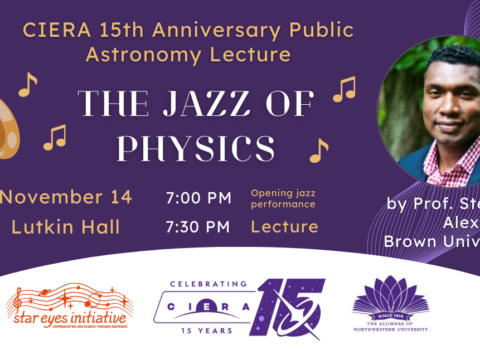
2024 CIERA public lecture – “The Jazz of Physics” with Stephon Alexander
2024 CIERA public lecture – “The Jazz of Physics” with Stephon Alexander
On November 14, over 300 people packed Northwestern University’s Lutkin Hall to join Professor Stephon Alexander in a celebration of The Jazz of Physics for CIERA’s 15th anniversary public lecture. Over 100 others joined the livestream for an evening that began with a live jazz performance from the Star Eyes Initiative, followed by Prof. Alexander’s public lecture, and concluded with a
- Event,
- Outreach,
- Interdisciplinary
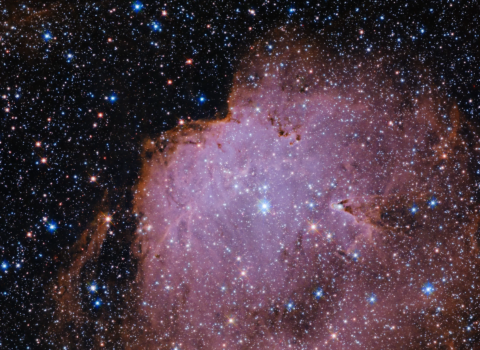
NGC 261 captured by Hubble
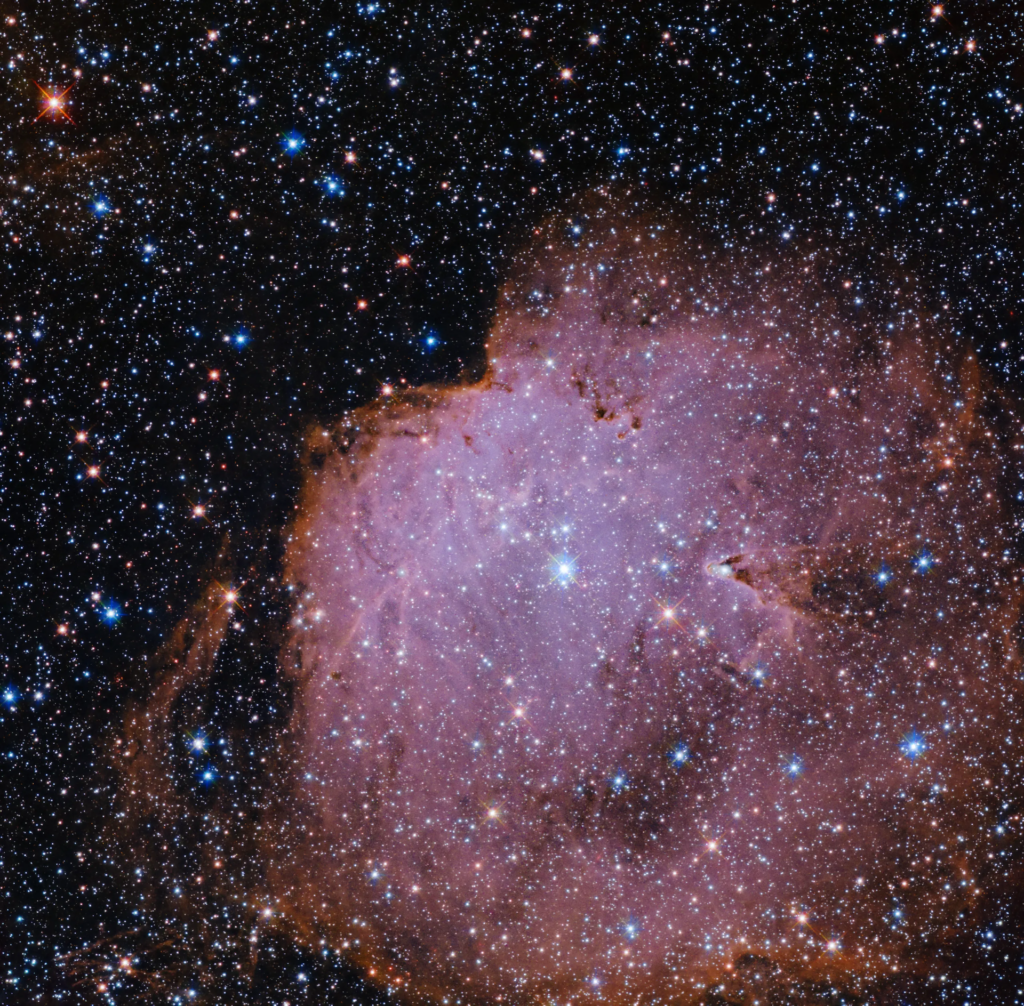
NGC 261 captured by Hubble
NGC 261 blooms a brilliant ruby red against a myriad of stars in this new image from NASA’s Hubble Space Telescope. Discovered on Sept. 5, 1826 by Scottish astronomer James Dunlop, this nebula is located in one of the Milky Way’s closest galactic companions, the Small Magellanic Cloud (SMC). The ionized gas blazing from within this
NASA, ESA, and L. C. Johnson (Northwestern University); Image Processing: Gladys Kober (NASA/Catholic University of America)
- Science
People
Core Faculty

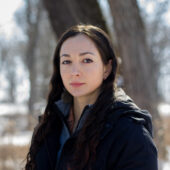
Tarraneh Eftekhari
Assistant Director of CIERA, Research Assistant Professor


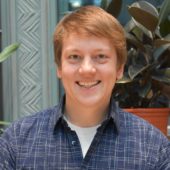


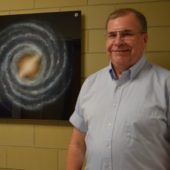

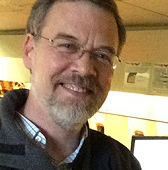
Giles Novak
Professor, Faculty Director of Northwestern University Research Shop
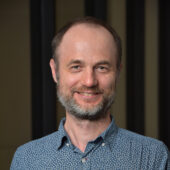

Associate Faculty

Aaron Geller
Lead Data Scientist and Astrophysicist
External Faculty
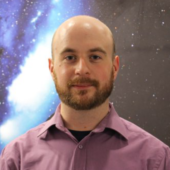
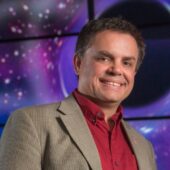
Shane L. Larson
Adjunct Professor; Professor and Director of Integrated Engineering and Applied Science Projects at Clarkson University
Postdocs




Yongseok Jo
SkAI Postdoctoral Fellow





Research Staff
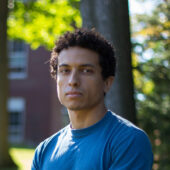

Graduate Students

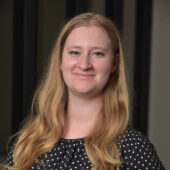



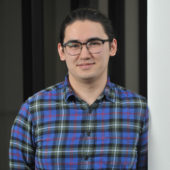












NU SkAI Personnel
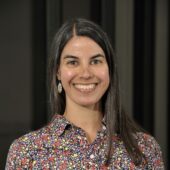


Aaron Geller
Lead Data Scientist and Astrophysicist

Yongseok Jo
SkAI Postdoctoral Fellow



